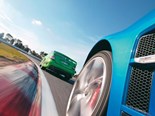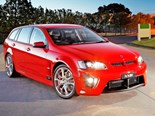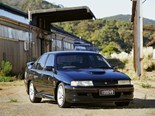HSV Clubsport: Buyers' Guide
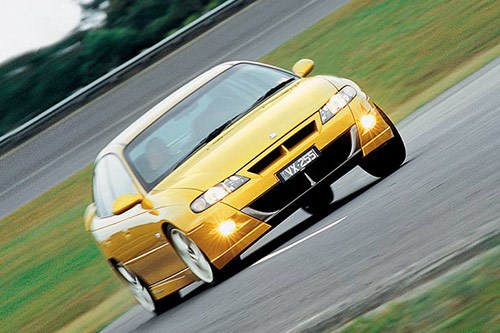 HSV Clubsport buyers guide
HSV Clubsport buyers guide

 HSV Clubsport buyers guide
HSV Clubsport buyers guide
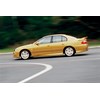
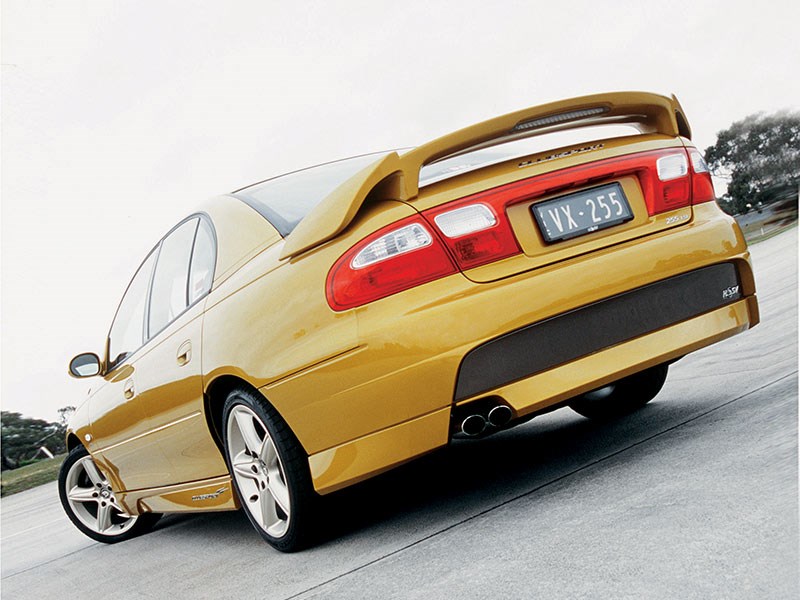 HSV Clubsport buyers guide
HSV Clubsport buyers guide

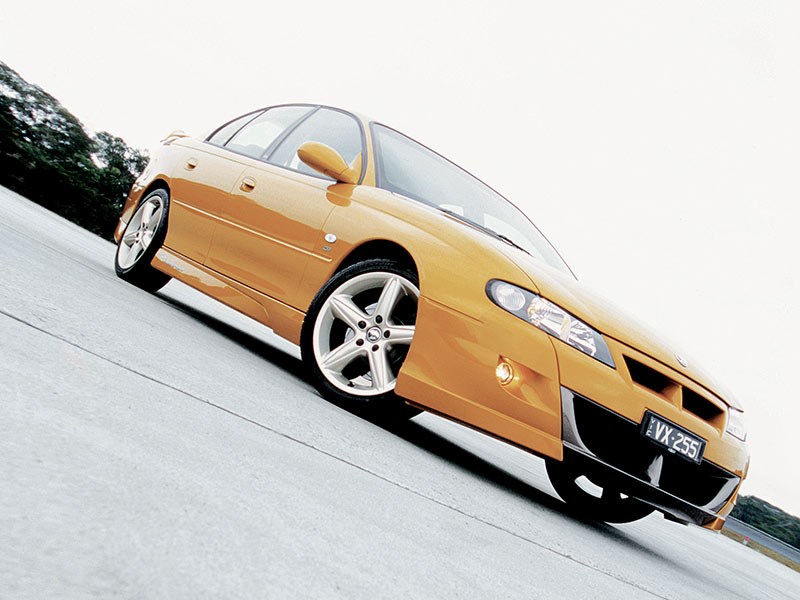 HSV Clubsport buyers guide
HSV Clubsport buyers guide

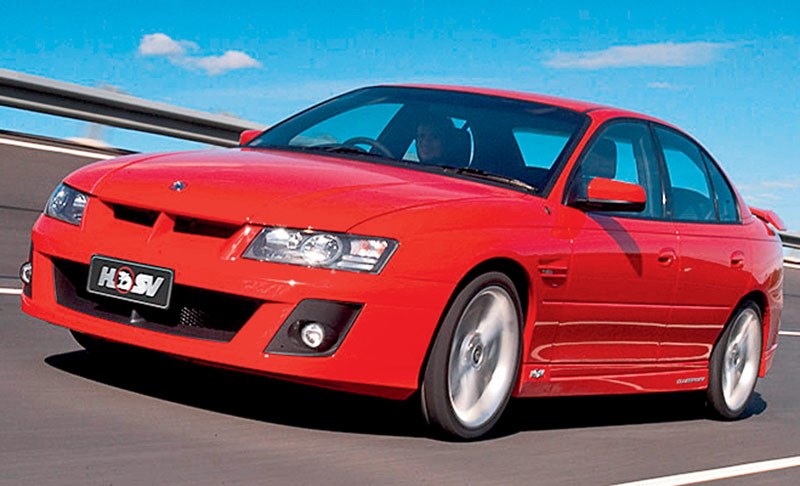 HSV Clubsport buyers guide
HSV Clubsport buyers guide

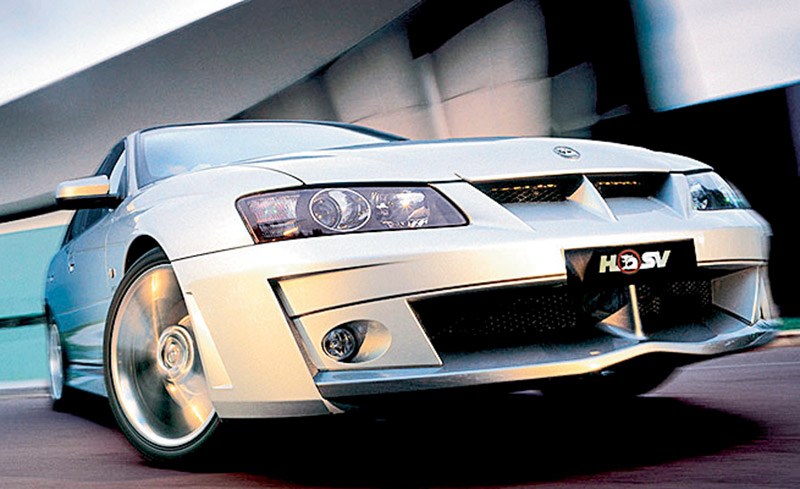 HSV Clubsport buyers guide
HSV Clubsport buyers guide

 HSV Clubsport buyers guide
HSV Clubsport buyers guide
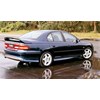
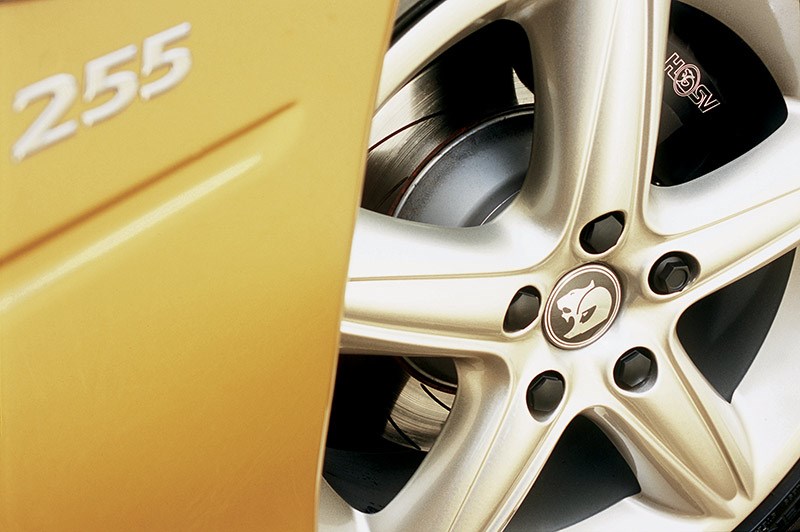 HSV Clubsport buyers guide
HSV Clubsport buyers guide

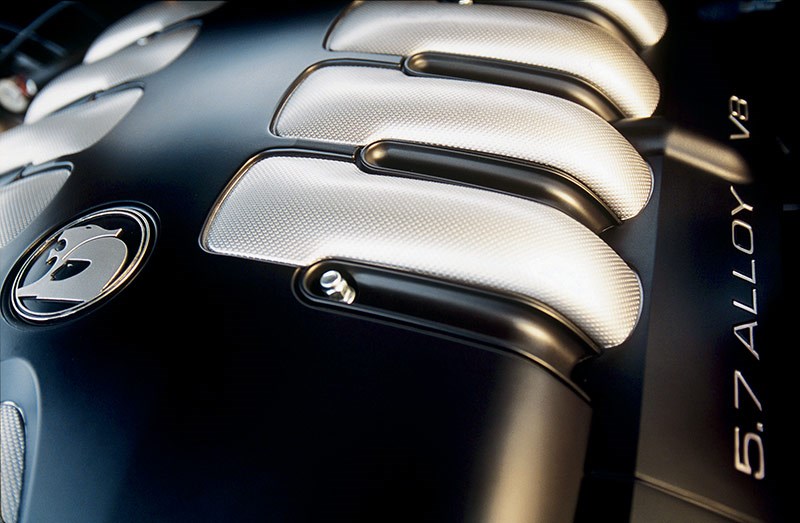 HSV Clubsport buyers guide
HSV Clubsport buyers guide

 HSV Clubsport buyers guide
HSV Clubsport buyers guide
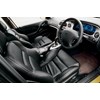

|
|
HSV Clubsport buyers guide
|

|
|
HSV Clubsport buyers guide
|

|
|
HSV Clubsport buyers guide
|

|
|
HSV Clubsport buyers guide
|

|
|
HSV Clubsport buyers guide
|

|
|
HSV Clubsport buyers guide
|

|
|
HSV Clubsport buyers guide
|

|
|
HSV Clubsport buyers guide
|

|
|
HSV Clubsport buyers guide
|

|
|
HSV Clubsport buyers guide
|
HSV's Clubsport was the perfect family sedan for the driver who wanted to drop the kids off at school and take the long and winding road home.
Buying used: HSV Clubsport
The VN Clubsport arrived in the nick of time to save a struggling HSV from the tentacles of a recession that engulfed many enterprises during the 1990s. Almost a decade later, with the world in slightly better financial shape, HSV’s survival was assured – or so we thought – and significant improvements always on the cards. Unexpectedly and halfway through the VT model’s production cycle a new engine was introduced, allowing Holden to claim dominance in its performance war with Ford’s struggling Tickford Vehicle Engineering.
Sourced from the USA, the 5.7-litre LS-1 had an alloy block and heads and in stock fettle delivered a decent 220kW. For HSV applications, including the VTII Clubsport, 250kW became the benchmark and would increase with every new incarnation of the model.
Sitting behind the new engine was a six-speed manual transmission or the long-serving four-speed automatic.
Despite being billed as the car to own if you had a hankering for weekend on-track heroics, the vast majority of Clubsports never got near a race track.

Most owners, it seemed, preferred to slot the auto-box into ‘Drive’, adjust the quasi-race seat to ‘sprawl’ and gee up their mates with a dose of V8 rumble and mumbo. Therefore in the used market you will find automatic Clubbies outnumbering manual cars by around three to one.
Pricing always had been crucial to the Clubsport’s success and HSV worked hard to build a value-packed package that they could deliver (prior to on-roads) for $55,000. Those wanting to do some lily-gilding could spend extra on the premium brake package (wise), leather trim or a Sat Nav unit that added an outrageous $4500 to your bill.
Above the basic car sat a new designation for HSV: the R8. It cost almost $5000 more than the entry-level Clubbie but came with uprated shock absorbers and thicker anti-roll bars to counteract the basic car’s understeering tendencies, bigger brakes with embossed calipers, 18-inch wheels, R8 badging and improved seats with distinctive trim.
Within a year of the 5.7-litre car's arrival a revamped VX was announced. It brought a five-kilowatt power boost, dual air-bags instead of the VT’s driver-only, side-front occupant protection and GST-inclusive pricing. A VXII version brought standard 18-inch wheels to address the issue of inadequate rubber.
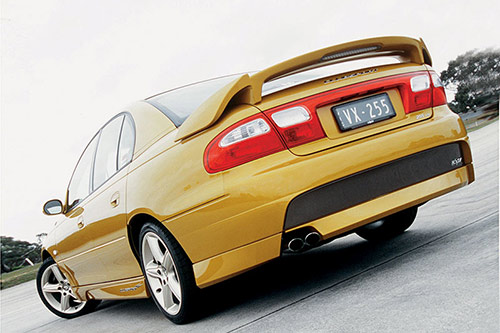
Late in the VX model’s run, a 15th Anniversary version was produced. Just 105 were supplied in Clubsport trim and 45 as R8s, These got a sunroof as standard, 10-stack CD sound system and other luxury touches and cost almost $70,000.
HSV devotees regularly complained (apparently) that their cars were too close in appearance and specification to the SS Commodore.
Therefore when the next series of Special Vehicles offerings appeared in late-2002 they came in a new range of colours with unique slabs of body embellishment and known as ‘Y Series’ rather than plain old ‘VY’. Power climbed once again by a paltry five kilowatts and it would take the arrival in September 2003 of YII model before output from the 5.7-litre motor reached 285kW and torque for the first time would exceed 500Nm.
The wheels on R8 versions expanded to 19-inch diameter and both models received reshaped seats Buyers could also spend a bit extra on high-intensity headlight units and an electronic device that monitored tyre pressures. Active head-restraints and traction control were included though.
For several years HSV had been able to offer its 300kW GTS300 to those with $90K to spend. In 2004 and with the arrival of a Z version, the Clubsport buyers were granted a similar experience for an outlay of $30,000 less.

At the time of its announcement, a Z Series Clubsport with manual transmission and standard brakes sold for just shy of $62,000. The R8 automatic reached $71,000 but that price included leather seat trim.
Cars with this degree of performance and sheer spaciousness should have been selling in their thousands to buyers in the USA. Blame corporate jealousies and politics for that failure. HSVs eventually did make their way onto overseas markets but too late and in numbers insufficient to secure the operation’s long-term future.
ON THE ROAD
If you’ve never owned, or even driven an HSV then the time is well overdue to give one a whirl.
With massive tyres, anti-roll bars like Labrador tails, rudimentary but effective independent rear suspension and decent brakes they are well suited to being whipped around a race circuit without making yourself look stupid. However, they are equally well-suited for use as ‘family’ transport for those who just cannot see themselves behind the wheel of a Pathfinder.
Many people will look in horror at the size of these engines and their ability to sup fuel at up to 18lt/100km. That isn’t any worse though than a large petrol-fired 4WD and if the second car does minimal distances the thirst won’t matter. Any kid lacking in confidence or FB friends will have their social deficiencies instantly remedied by being collected in a Clubsport.
All that power might seem a little scary for urban use, but a Clubbie being treated sensibly is a very gentle giant. The traction control can be switched off if you really want to, however Holden’s press handout, described the improved Y Series system as "now so subtle that it’s difficult to determine when it’s operating."
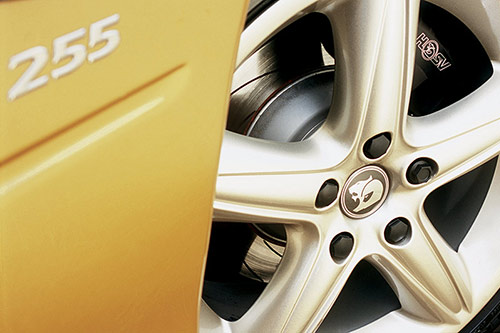
Extracting maximum performance demands manual transmission and even then you’re unlikely to get close to some of the numbers claimed by HSV. The 6.0-litre six-speed, it was said, would very nearly crack the five-second barrier for 0-100km/h but independent tests said 6.0 was realistic. Leaving the ’box in second when overtaking saw the Z series slash its way from 80-110km/h in a tick over three seconds.
Tyres, especially those 19-inch jobbies, are going to be your bugbear. The rubber is expensive to replace, wears quickly and is pretty much impractical on anything but smooth urban roads or a race circuit. Clobber a big pot-hole at speed and the best outcome you can expect will be a bent rim. At worse the tyre will pinch-flat a sidewall and it will take a good dollop of driving skill and all of the car’s electronic assistance measures to keep it on the
road.
For the money these cars provide an absolutely outstanding way of annoying other motorists, especially those who have spent a lot of money on their ego-stroker.
After all, you don’t want to be sitting at the lights in something with a spiffy 48-valve, quad-cam motor and have it jumped by a rumbling Neanderthal with virtually no technology under the bonnet. HSVs also claim advantages in durability and servicing costs over more complex designs. Where a European sports sedan of similar age might by now be flashing error codes each time the starter motor is cranked, Clubsports that have been treated with
reasonable care should be running reliably. If they aren’t, mechanical spares are generally available and affordable.
BUYING
Even if you have never owned an HSV, never considered or even wanted to own one, please read this next bit.
In common with many Australian cars built since 1980, Clubsports are being ignored virtually to death. Yes, I know there are very active owners clubs which promote use and preservation of these cars as well as specialist repairers who do their best to keep these cars roadworthy, but the Clubbie could easily be one of those cars that’s there one minute and gone the next.
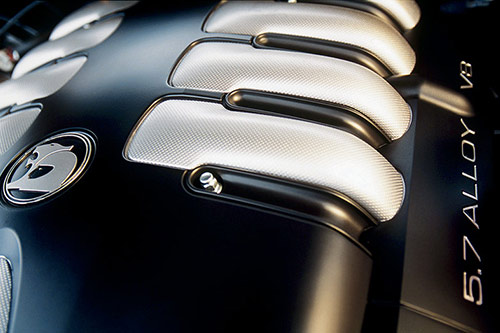
Strong sales growth following introduction of the 5.7-litre engine means that Clubsports built in the early years of this Century are far easier to find than earlier versions. This abundance more than satisfies demand, however, so only those versions that boast very low build numbers (such as the Anniversary models and Dealer Team cars) are currently worth slipping into the shed.
Kilometres are the killer and any HSV that has averaged more than 5000 klicks per year since new isn’t going to quicken the pulse of a serious enthusiast. Preserving these cars is a task that needed to be undertaken from the date of delivery. Details like the original documentation and toolkit need to be included and immaculate.
Modifications are fine if you’re buying for some track-day fun or basic transport.
Just be wary because any changes that run counter to HSV’s original dynamics will turn a balanced and responsive car into a dog that will be very hard to move at resale time.
Worn-out VX-Ys with trashed interiors and 300,000 kilometres on the clock can be found in the classifieds and at auction sales for just a few thousand dollars. If you’re in the market for a ‘builder’ these offer good buying.
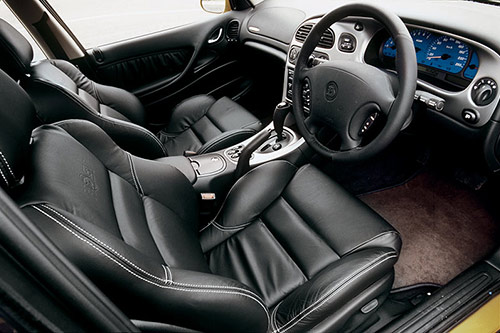
Something that doesn’t rate glamour status but can deliver reliable motoring for several years will hit the market at $12,000 (VY auto) or around $20,000 if it’s a Z manual. Top-of-the-heap collector cars rarely come onto the general market so if you have some investment dollars and are looking to secure a really good HSV, joining your local branch of the owners club is a sensible place to begin.
BUYER'S CHECKLIST
Body/Chassis
Limited clearance when negotiating speed-bumps or climbing a gutter makes Clubbies easy prey to underbody dents and cracked plastics. Inconsistent bumper and bonnet gaps can signify poor quality panel repairs but look also for damage to hidden sections of the air-dam, sill skirts and rear bumper. These are best checked from underneath. Replacement body panels are still available and finding correct replacements for HSV body kit components isn’t difficult or especially expensive. However, you still don’t want to be paying $10,000 for the car and another $1500 replacing tired plastics.
Engine & Transmission
Gen III V8s have a reputation for durability but some vibrate more than is acceptable. New engine/transmission mounts will help. Check for overheating by letting the car idle after test-driving. Clutch life varies according to use but 80,000 kilometres should be possible. Cars with a mushy pedal probably need the hydraulics overhauled but stay away from ones where gears are difficult to select and send vibrations through the gearlever. Automatics that slur changes or jump from 2nd straight to 4th need an overhaul.
Suspension & Brakes
Worn bushes cause front-end clunks and wavering steering response. If the rear tyres are worn significantly on their inner edges, the IRS components will need examination by a specialist. VX and subsequent models have greater scope for rear suspension adjustment than early cars. Brake squeal and shudder is just the discs demanding attention; sets of stock rotors and pads will set you back $1000 or so but rising to more than $3000 if you upgrade to a premium brake package.
Damaged alloys that are scuffed but not cracked or bent can be refurbished, however second hand replacements cost upwards of $250 each.
Interior & Electrical
Most interior parts are unique to HSV and more expensive to replace than those fitted to basic Commodores. Leather needs to be supple and crack- free or a hefty retrim bill awaits. Due to their pronounced bolsters, even stock seats are prone to wear. Dampness in the footwells can come from the heater or a leaking windscreen seal. If the dampness isn’t coolant or fresh water, the clutch hydraulics are a likely culprit. Airconditioners suffer a range of faults (mostly expensive to fix) so tepid air even with the thing cranked up full isn’t a good sign. Test the seat electrics to make sure they haven’t seized due to lack of use.
SPECIFICATIONS
HSV Clubsport (1996-2006)
Number built: N/A
Body: integrated body/chassis four-door sedan
Engine: 5665cc or 5967cc V8, ohv, 16v, fuel-injected
Power & torque: 297kW @ 6000rpm, 530Nm @ 4400rpm
Performance: 0-100km/h: 6.0 seconds,
0-400 metres: 14.2 seconds (Z Series manual)
Transmission: 6-speed manual, 4-speed automatic
Suspension: Independent with struts, control arms and coil springs (f); independent with trailing arms, coil springs and telescopic shock absorbers (r)
Brakes: Discs with power assistance & ABS
Tyres: 245/35/R19 radial (Z Series R8)
Price range: $5000-35,000
Contact: HSV owners clubs throughout Australia
www.hsv.com.au/clubs
Unique Cars magazine Value Guides
Sell your car for free right here
Get your monthly fix of news, reviews and stories on the greatest cars and minds in the automotive world.
Subscribe

.jpg)







